TOOLS
How well is change progressing in your school or system?
By Learning Forward
Categories: Change management, ImplementationDecember 2024
After carefully vetting and selecting a new curriculum, a school district rolls it out enthusiastically, hoping it will improve students’ math scores. District leaders dedicate time and effort to the professional learning to support the program. Yet despite planning for these changes and investing in teachers’ knowledge of the curriculum, what happens in each classroom varies widely.
Some teachers skip the professional learning sessions and never look at the materials. Some incorporate a few of the curriculum components but struggle with the pacing, so they don’t get through the lessons fully. Others diligently attempt to keep up with the pacing guide, but without pausing to thoroughly reflect on how it’s going, there’s no way to know if students are mastering the content.
“No one would expect improvement under those conditions, but time after time, organizations will seek to assess the effectiveness of an innovation without ever examining how it is being used,” wrote Shirley Hord in Taking Charge of Change (Hord et al., 2006). Before leaders have gained a firm grasp on an innovation’s use throughout the district or system, they often de-emphasize it or replace it because they aren’t seeing the outcomes they anticipated.
How, then, can leaders assess who is applying the innovation, how, how often, and whether they are modifying it? How could the principal of the school described above get a pulse on how teachers throughout the school are or are not adopting the curriculum?
The Levels of Use tool on the following pages fills that gap. Drawn from the Concerns-Based Adoption Model for managing change (Hall et al., 2006), it helps leaders and change facilitators understand where participating educators are along the implementation continuum, ranging from nonuse to full classroom integration and beyond.
With this tool, leaders can be better equipped to guide their teams toward successful implementation, whether the change is a new curriculum, improved instructional practice, or another innovation.
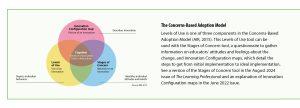
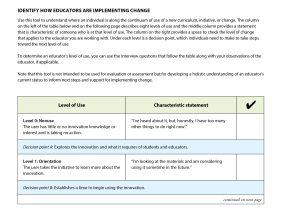
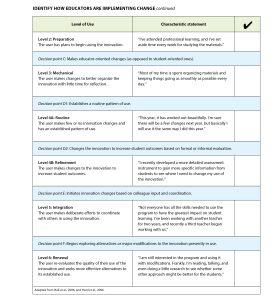
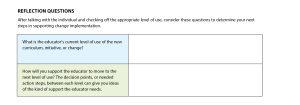
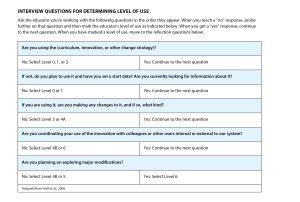
 free tool in #TheLearningPro. Share on X
free tool in #TheLearningPro. Share on X
Download pdf here.
References
Hall, G.E., Dirksen, D.J., & George, A.A. (2006). Measuring implementation in schools: Levels of Use. SEDL.
Hord, S.M., Rutherford, W.L., Huling, L., & Hall, G.E. (2006). Taking charge of change. SEDL.
AIR. (2015, December 8). CBAM: The Concerns-Based Adoption Model. air.org/resource/cbam-concerns-based-adoption-model
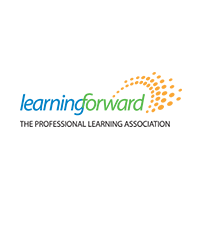
Learning Forward is the only professional association devoted exclusively to those who work in educator professional development. We help our members plan, implement, and measure high-quality professional learning so they can achieve success with their systems, schools, and students.
Categories: Change management, Implementation
Recent Issues
BUILDING BRIDGES
December 2024
Students benefit when educators bridge the continuum of professional...
CURRICULUM-BASED PROFESSIONAL LEARNING
October 2024
High-quality curriculum requires skilled educators to put it into...
LEARNING TO PIVOT
August 2024
Sometimes new information and situations call for major change. This issue...
GLOBAL PERSPECTIVES
June 2024
What does professional learning look like around the world? This issue...












